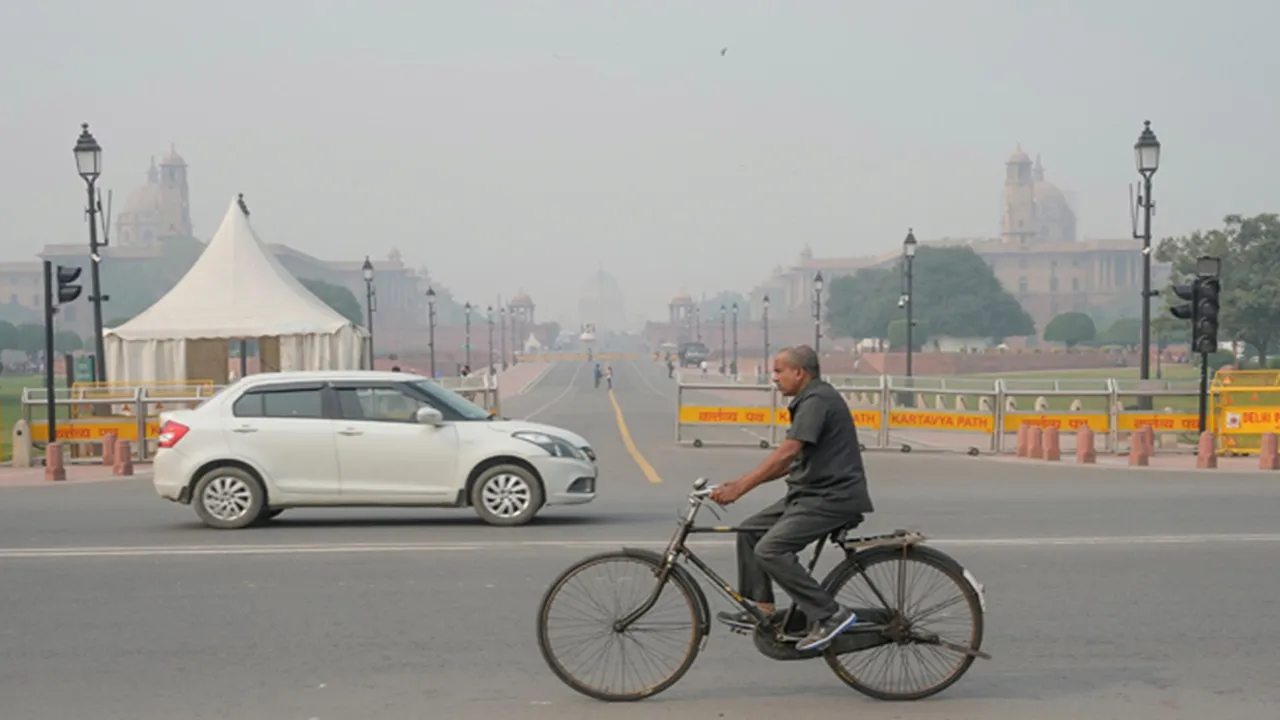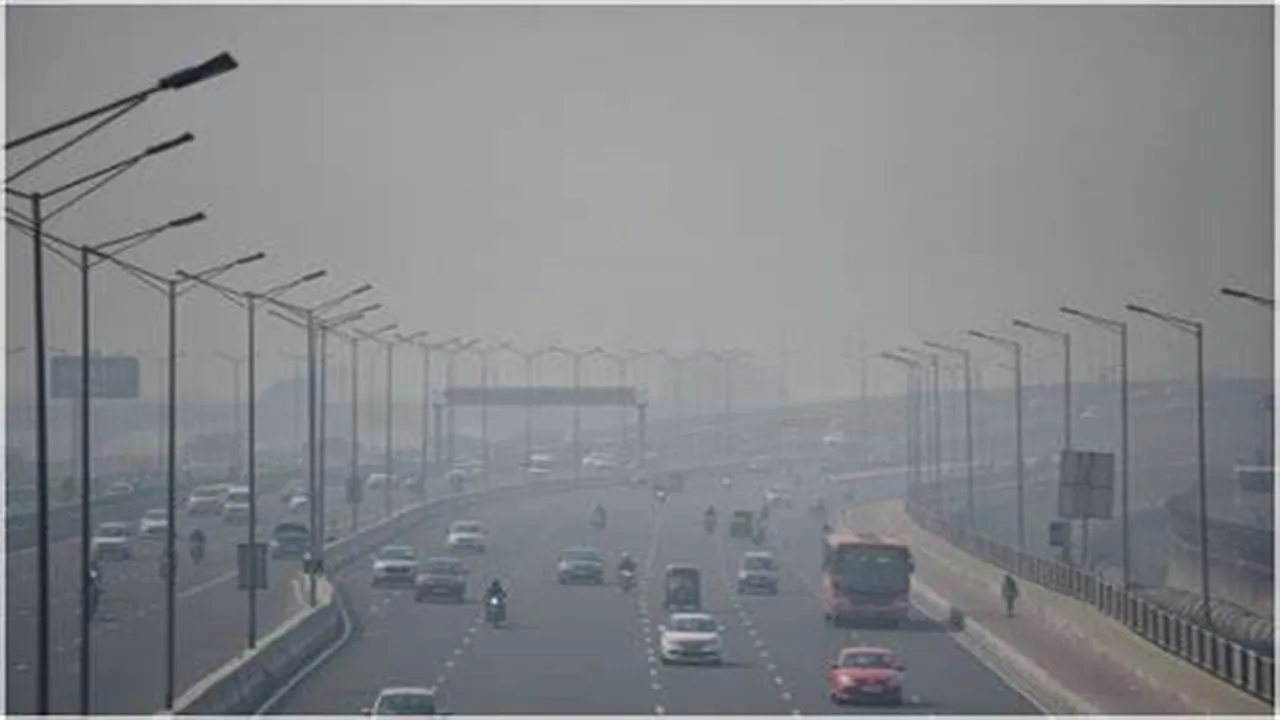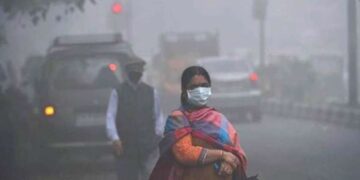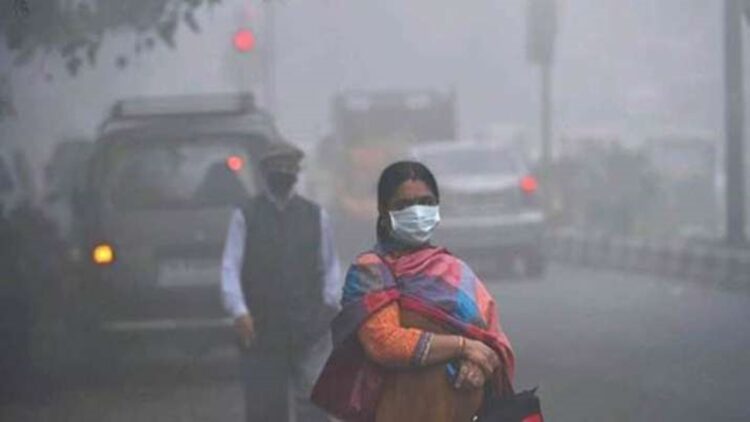Air pollution has started rising in Delhi again as the monsoon season comes to an end, leading to apprehensions about the city’s air quality. The enhanced quantitative air quality data analysis from the past twenty-four hours reveals that the overall AQI of the city was 166, which normally categorizes air quality into the ‘poor’ class. This rise in Delhi pollution has affected several areas across the city, some of which air pollution is noted to be very high. Unfavourable zones across Delhi, including Anand Vihar, Mundka, Loni, and Delhi Institute of Tool Engineering, have reported shocking AQIs as high as 231, 273, 201, and 243, respectively.
Delhi Pollution: Health Risks on the Rise

Check Out India’s Digital Economy to Reach $1 Trillion Economy by 2028
These CO values represent air quality as ‘unhealthy’ and even ‘hazardous’ to human health despite any extra protection for residents with existing medical problems such as asthma, heart ailments or breathing disorders. People are the Delhi pollution difference owing to decreasing rains and increased traffic and emissions from industries. While in the monsoon season, rains clean the atmosphere by washing out pollutants; as the monsoon season withdraws, so also does the quality of the air in the city.

The citizens of Delhi are recommended to be cautious at this time of time, especially children, the elderly and those with any respiratory ailments. One should avoid going outdoors, especially in areas with high levels of pollution, and should use face masks where necessary. As winter, a period when pollution levels are already high, is just around the corner, authorities are delhi pollution sources and the health of the population. They can download several applications and websites that enable them to check the AQI levels to know the quality of air in their community.
To get more out of our exclusive news, Join us on our WhatsApp Channel, Facebook, X, and Instagram.















